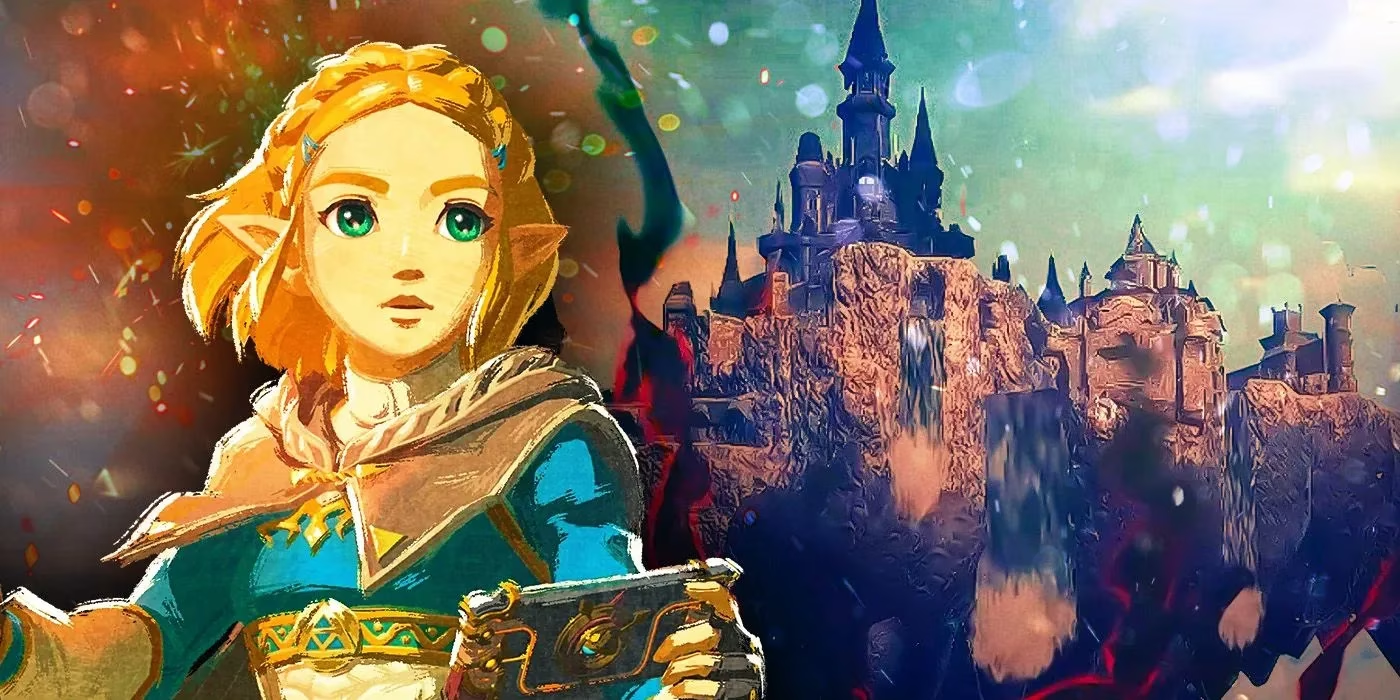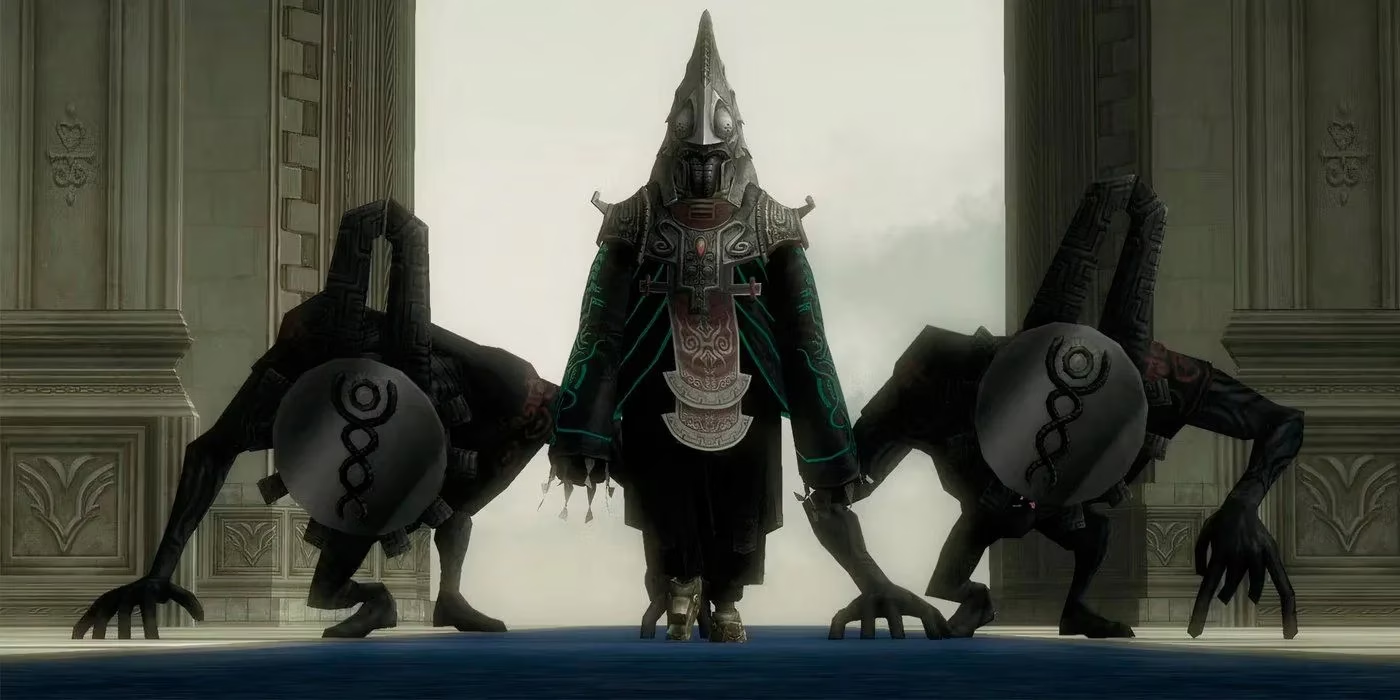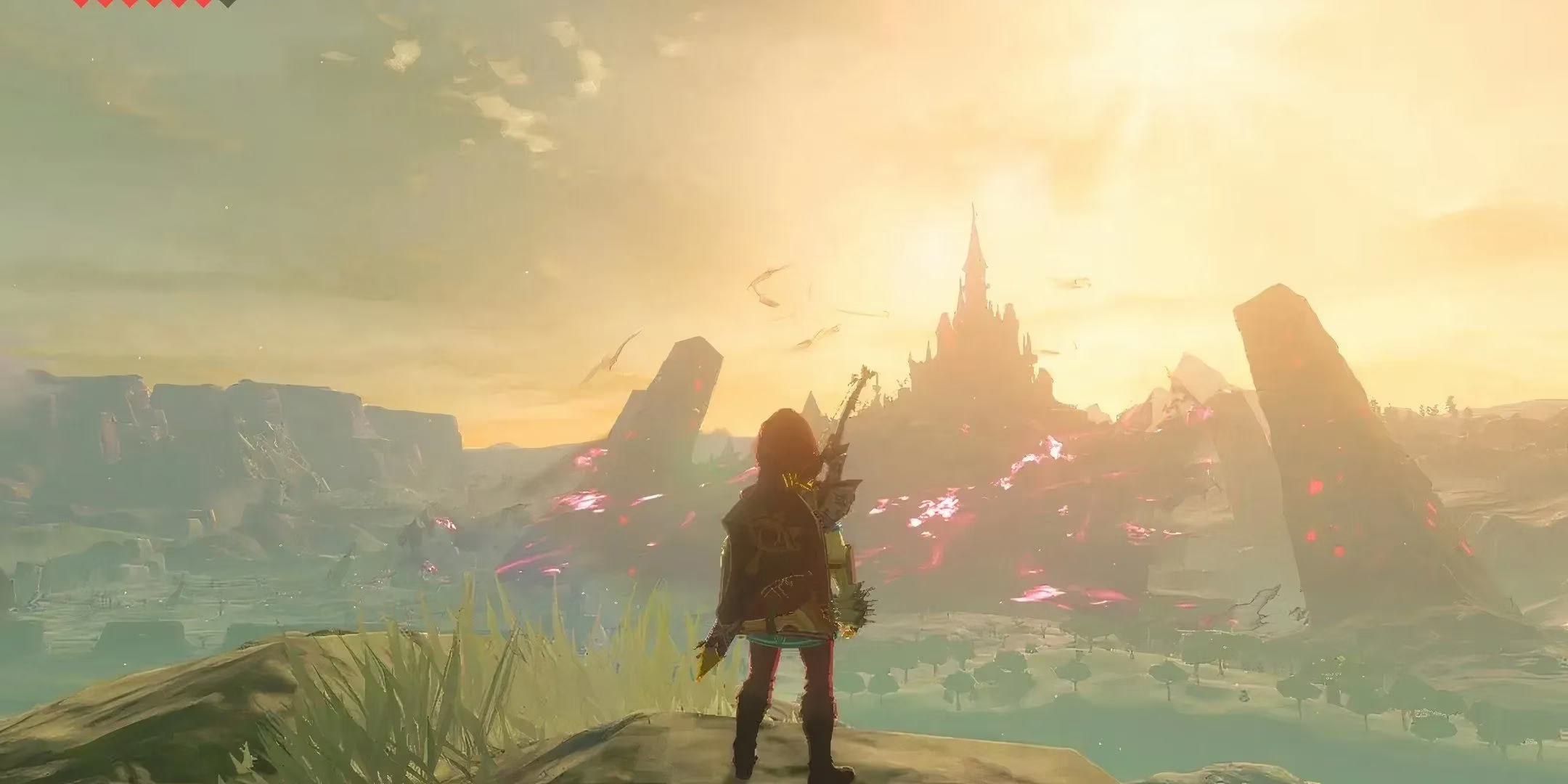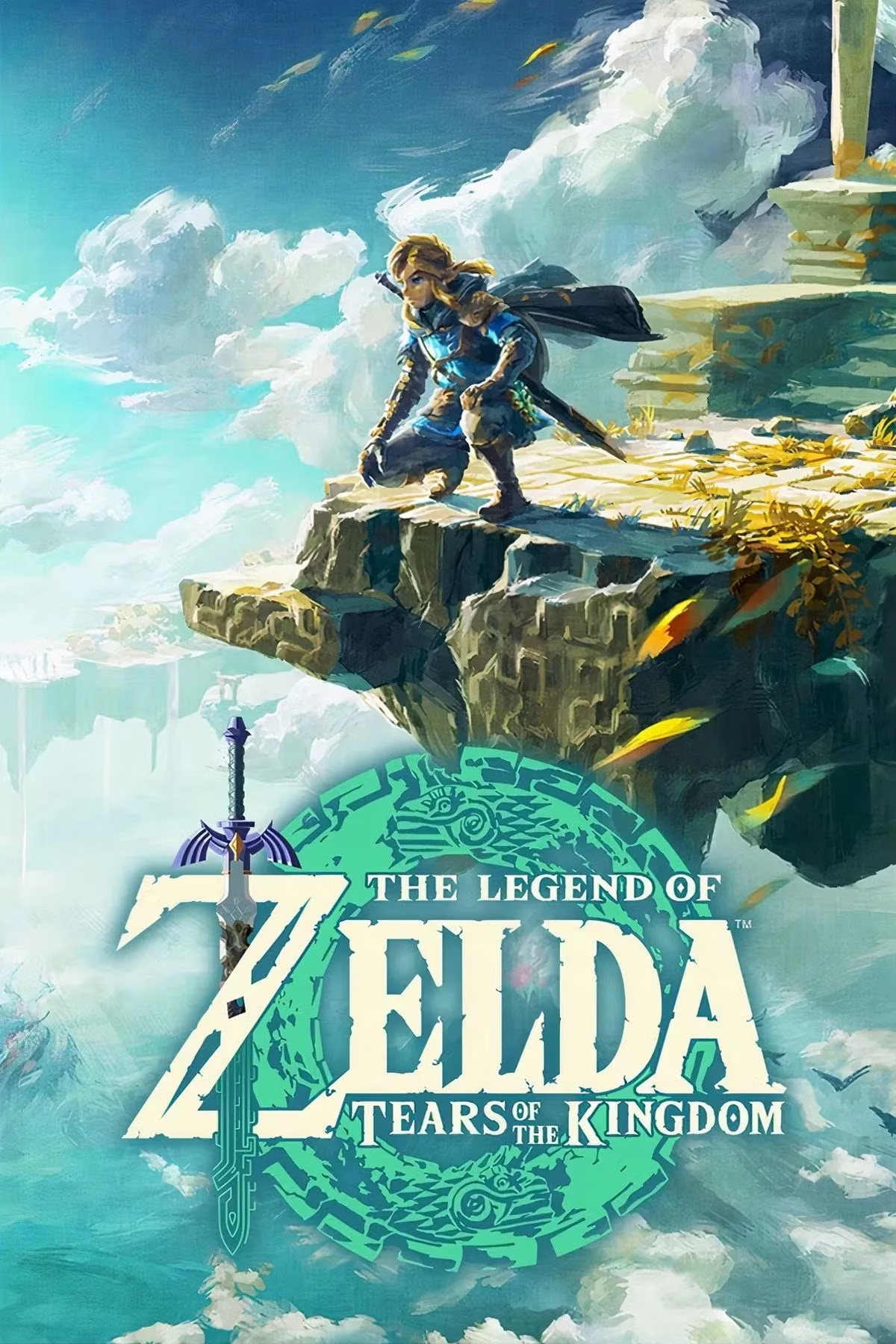Hyrule's Next Chapter: A Queen's Reign and Uncharted Threats
Discover Zelda's transformative rise from rescuee to ruler in a resilient Hyrule, facing political dilemmas and new threats in this compelling sequel.
Two years after Tears of the Kingdom reshaped Hyrule, I find myself staring at the horizon beyond Lookout Landing, wondering what's next for this battered kingdom. The echoes of Ganondorf's defeat still linger in the fractured earth, yet there's an unfamiliar stillness – not the eerie calm before a storm, but the tentative silence of a phoenix inspecting its new feathers before taking flight. Nintendo stands at a crossroads no Zelda game has faced before: for the first time, we have a living, breathing Zelda positioned to rule rather than rescue. She's no longer the princess waiting in a tower; she's the architect holding the blueprints to rebuild a broken world. This sequel could finally show us Hyrule not as a ruin to explore but as a functioning kingdom to protect – a seismic shift that terrifies and thrills me in equal measure.

Zelda Ascendant: From Rescuee to Ruler
What fascinates me most is the unprecedented opportunity to witness Zelda's coronation not in ceremonial robes but in the mud-stained gown of reconstruction. After BotW and TotK showed us fragmented memories of Hyrule's golden age, finally walking its rebuilt streets would feel like discovering Atlantis after centuries of marine archaeologists' fantasies. Imagine Zelda grappling with grain shortages in Eldin while Zora diplomats demand flood control measures – governance challenges that make Lynel fights seem like playground spats. The companion system teased in TotK's opening could evolve into something revolutionary: Zelda riding shotgun through the entire adventure, her political dilemmas unfolding in real-time like a living tapestry woven into every quest. Having her vanish again would be narrative cowardice, like snuffing out a candle just as it starts casting meaningful shadows.
-
💍 Royal Quandaries: Resource allocation disputes between Gorons and Rito
-
🗺️ Border Skirmishes: Gerudo traders clashing with newly returned Sheikah clans
-
📜 Historical Ghosts: Deciphering ancient texts that challenge her legitimacy
The Vacant Throne of Villainy: Who Fills Ganondorf's Shoes?
Ganon's shadow looms so large that his absence creates a vacuum louder than any battle cry. This is where Nintendo could truly innovate – no resurrected demons, but fresh threats emerging from the power void. I envision foreign invaders from Lorule slipping through dimensional cracks like ink bleeding through wet parchment, or perhaps an ambitious Hylian general exploiting the kingdom's fragility. The brilliance could lie in making the antagonist not purely evil but politically pragmatic – someone forcing Zelda to make choices that stain her idealism. Imagine confronting a villain whose manifesto quotes her own pre-Calamity speeches about necessary sacrifices! A wholly original foe would feel like discovering a new primary color in an artist's palette – unsettling yet electrifying.

Potential Antagonists:
| Type | Example | Narrative Potential |
|---|---|---|
| Foreign Invader | Lorule's Hilda | Mirror-world ideology clash |
| Internal Threat | Hyrulean Separatists | Moral ambiguity in reconstruction |
| Cosmic Entity | Revamped Majora | Psychological warfare tactics |
Hyrule Reconstructed: Castles That Breathe
With Switch 2's horsepower, Hyrule Castle could transform from magnificent ruin to living organism. Picture turrets repaired not just with stone but with Zora hydraulics and Sheikah sensors – a biomechanical marvel humming with activity. Castle Town's marketplace might feature:
🍎 Farmers haggling over luminous cave mushrooms
🔧 Engineers trading Zonai device schematics
📜 Historians debating mural interpretations
This density would create organic storytelling: overhearing debates about Zelda's tax policies while buying arrows, or spotting royal messengers sprinting through rain-slicked alleys. Defending this vibrant hub during siege sequences could make us feel like ants guarding their hive – small yet fiercely invested in every brick. The castle itself might serve as a customizable command center where Zelda's decisions visibly reshape the world outside, turning policy into palpable environmental changes.

Conclusion: Beyond the Horizon
What lingers with me isn't just the technical possibilities but the philosophical shift. A sequel embracing Zelda's queenship could make us reconsider what 'saving Hyrule' truly means – not just defeating monsters but nurturing the fragile peace between them. Maybe we'll venture beyond familiar borders to lands where the Triforce is mere mythology, or dive into political subterfuge where paragliders are replaced by poisoned quills. Nintendo's greatest innovation might lie not in new powers but in perspective: seeing Hyrule through the eyes of those who must live in it after the hero sheathes his sword. The kingdom's restoration could be as compelling as its ruin – a mosaic where every placed tile reveals deeper patterns in the grand design. After all, what's more revolutionary than showing a fantasy kingdom not dying gloriously, but learning to live again?
